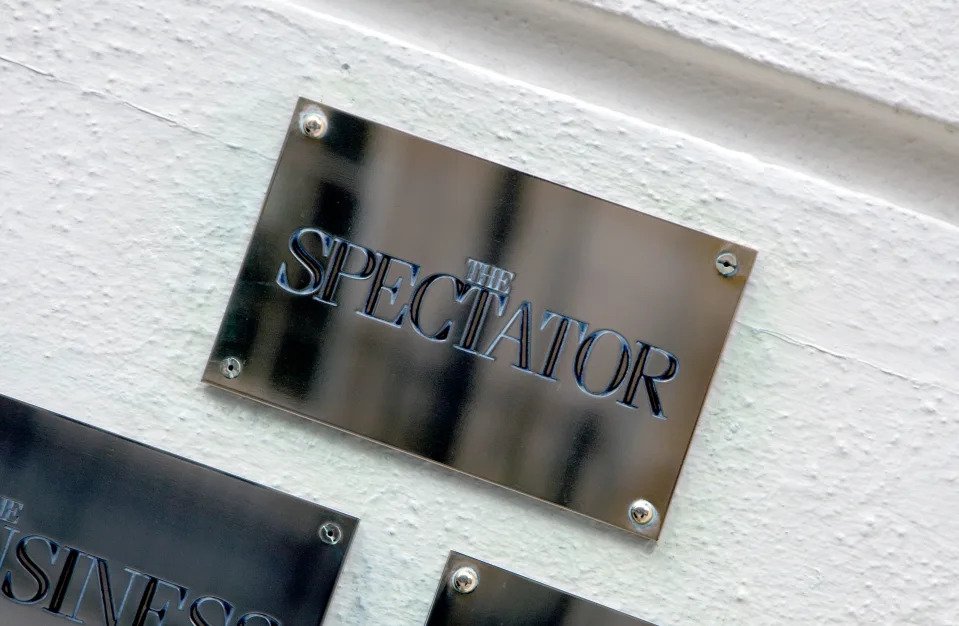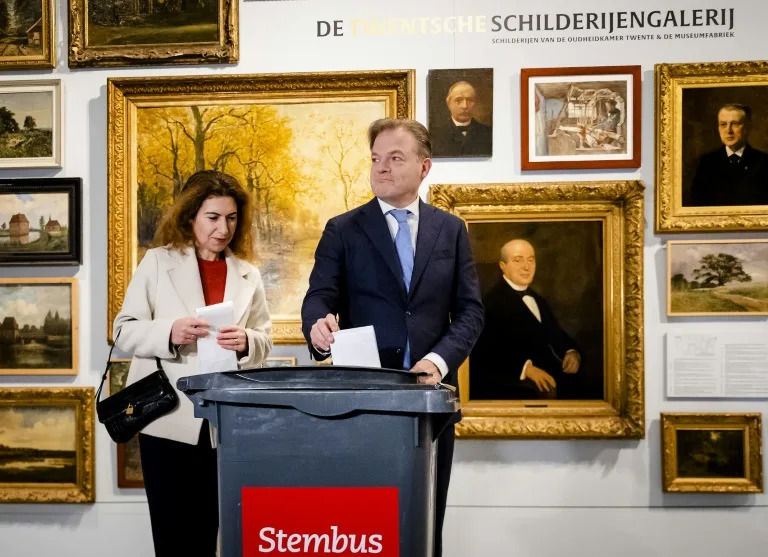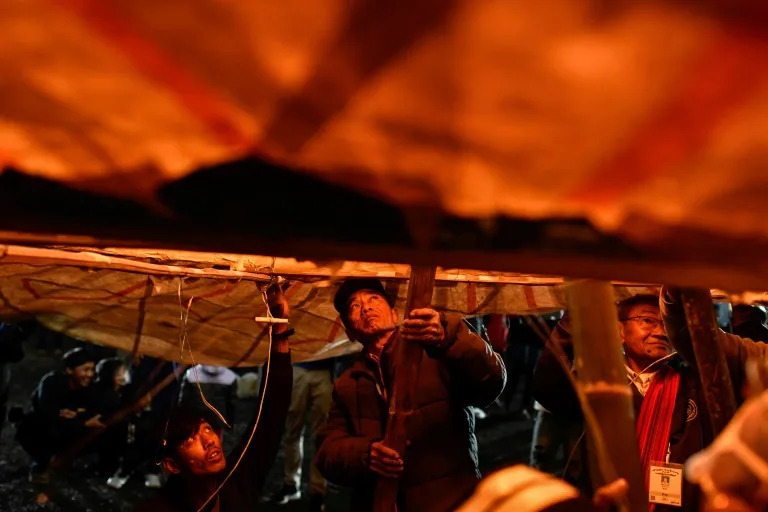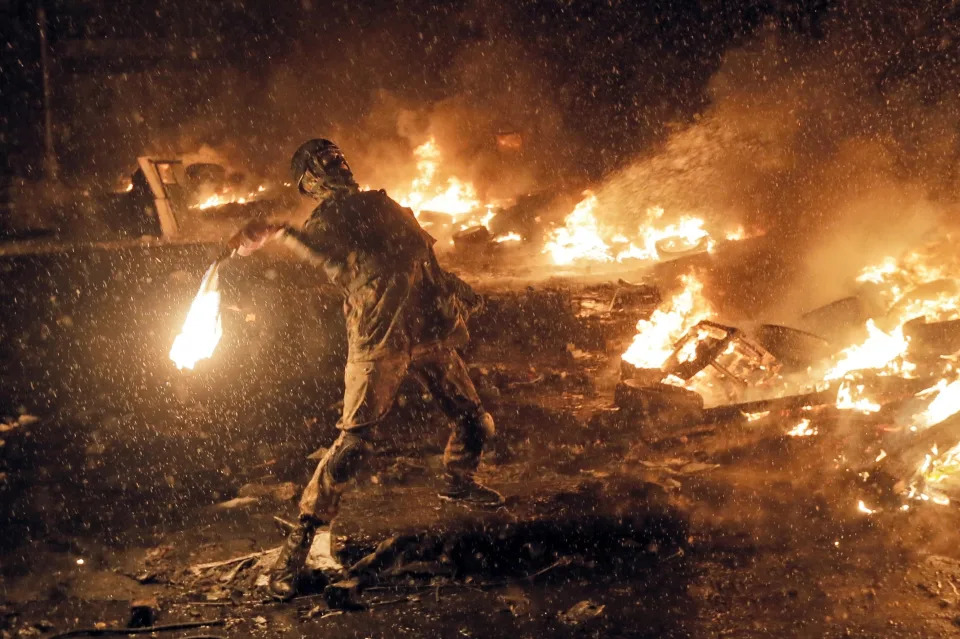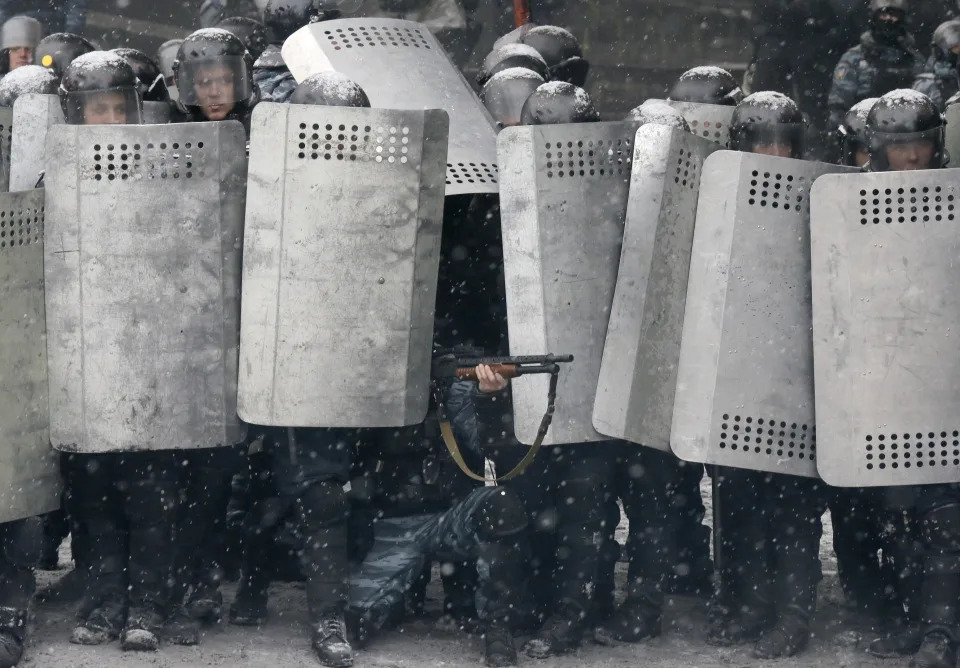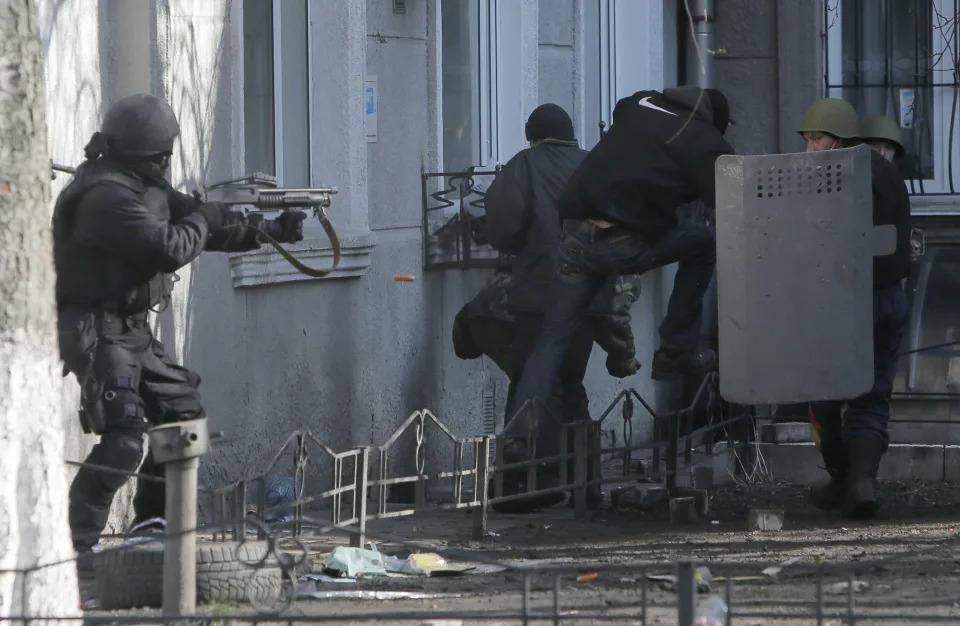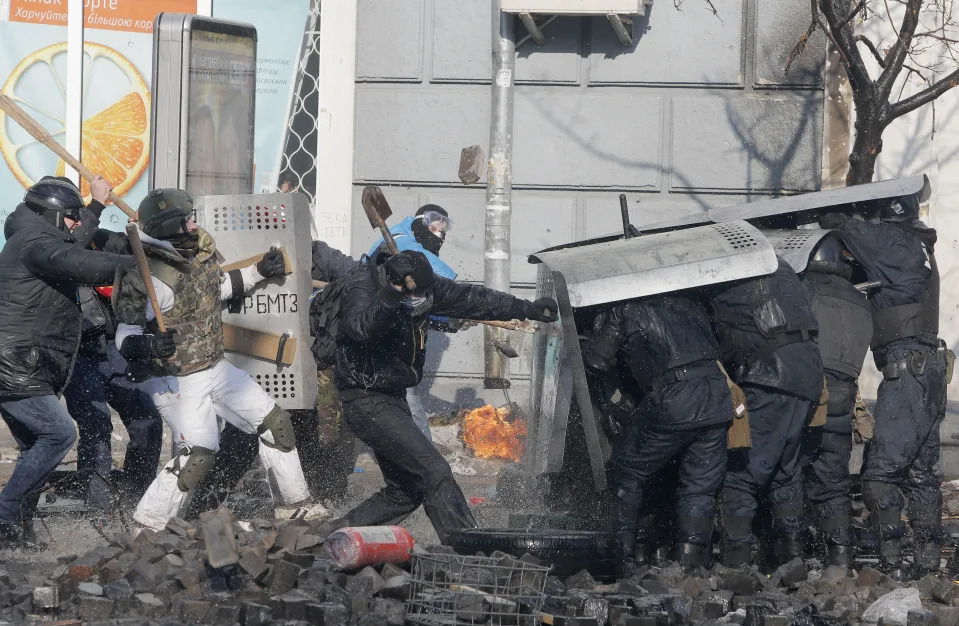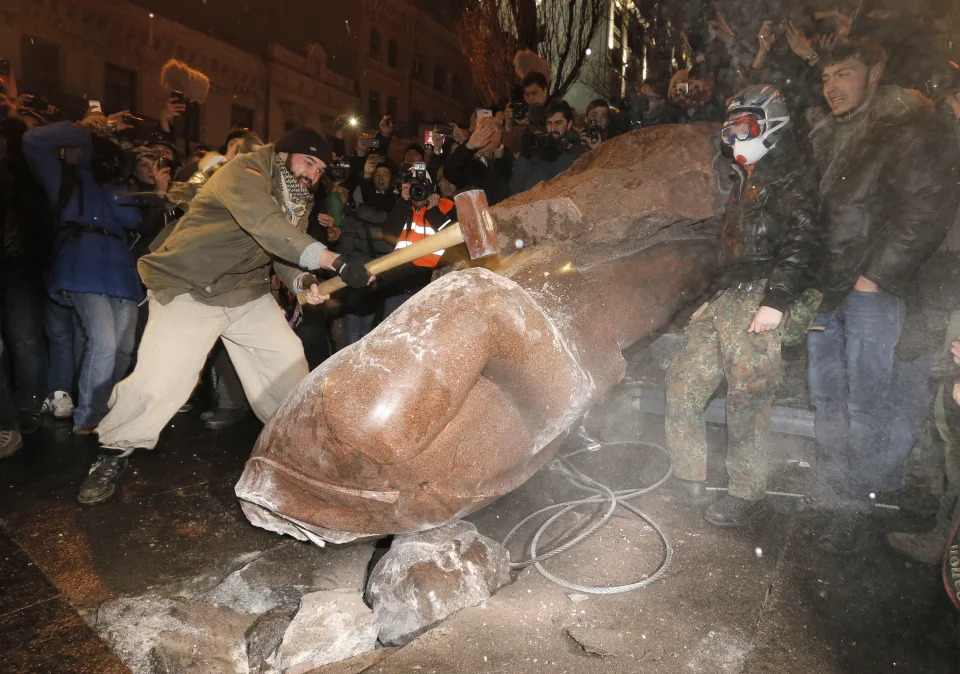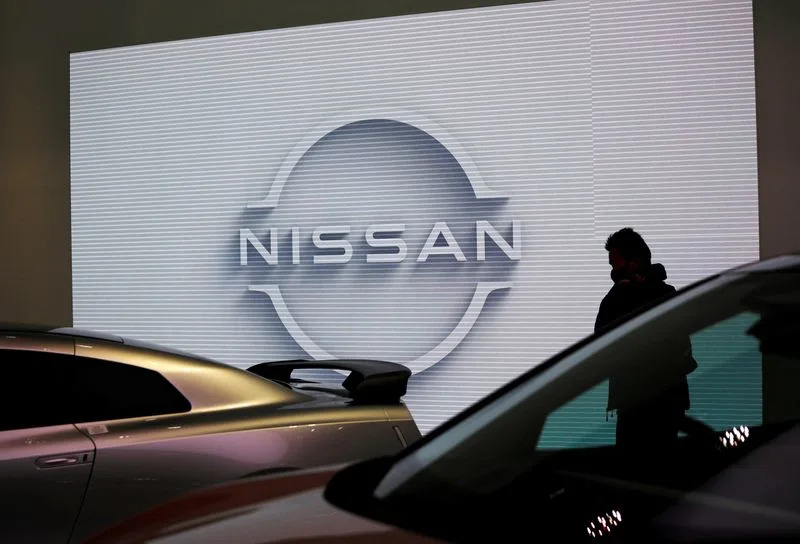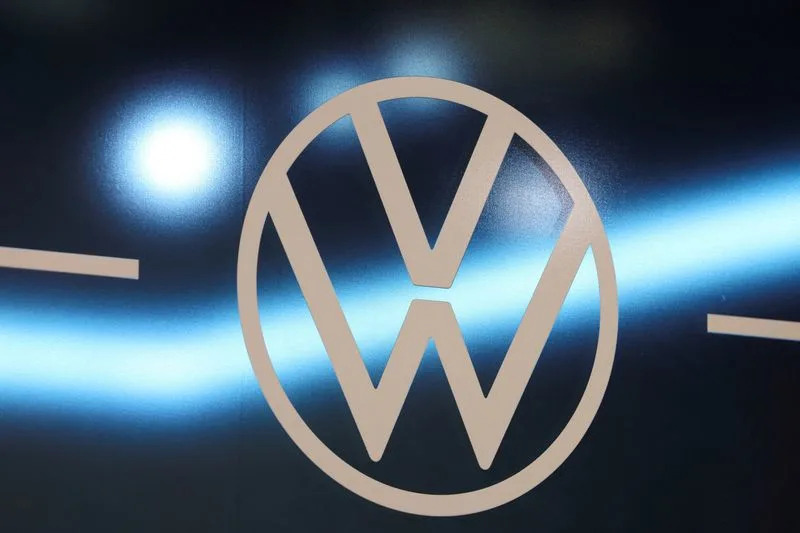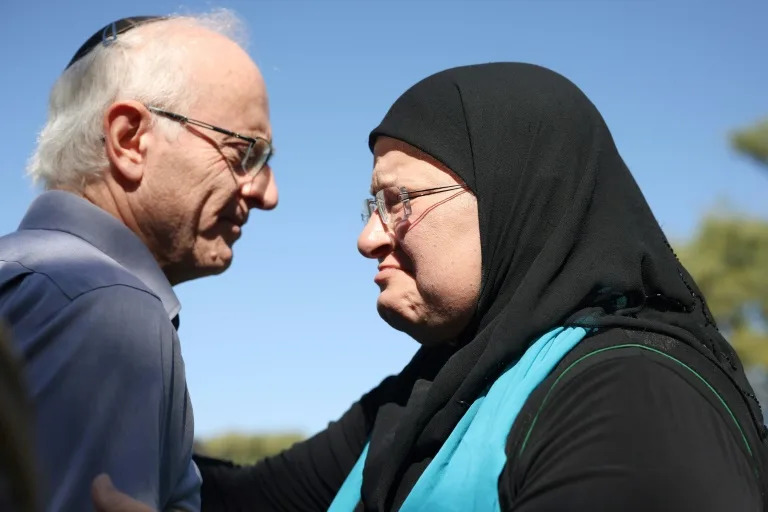Jamie Davis Smith
Wed, November 22, 2023
Who's using cannabis on Thanksgiving? Whether to enhance hunger or avoid family drama, those who plan to partake share why.
Marijuana is on the menu for many this Thanksgiving.
Using cannabis on the holiday has become so popular, in fact, that many call the day before the holiday "Danksgiving" or Green Wednesday because sales that day are consistently among the highest of the year.
"Typically, Green Wednesday brings a 50% increase in the number of transactions at a dispensary compared to an average day of the year," says Lizzy Tombler, vice president of business intelligence for Holistic Industries. The average customer also spends more than usual on Green Wednesday, even though dispensaries typically run promotions with deeper discounts just two days later on Black Friday, she adds. According to a 2022 survey from Ayr Wellness, 32% of those planning on shopping on Green Wednesday say they're planning to spend $100 or more.
Why use cannabis on Thanksgiving?
In much of the country, cannabis use isn't illicit and is popular on Thanksgiving for a variety of reasons. Julie Battel, an advanced practice cannabis nurse, says she sees an increase in cannabis use around Thanksgiving because the holiday "brings a lot of stress for people" due to family dynamics.
"Stress can present itself in a variety of ways like feeling anxious and overwhelmed," says Riley Kirk, a cannabis research scientist with Real Isolates. Aaron Sternlicht, an addiction specialist, adds that studies show low doses of marijuana can decrease stress and help with social anxiety, although the American Psychiatric Association thinks more research is needed.
Battel sees this in action in her practice and thinks cannabis is an effective way for a lot of people to "lighten the mood." That's true for Dan Wilson, editor of Visit Hollyweed. "The Thanksgiving holiday is stressful, especially when it involves being around crowds or dealing with family discord," he says. "Getting high can lessen that stress and make socializing more fun." Among those surveyed by Ayr Wellness, 24% of those who plan to use cannabis on Thanksgiving will do so to help them cope with family stress.
Others use cannabis during Thanksgiving, in part, because it helps them enjoy their Turkey Day feast. "Getting high for Thanksgiving makes sense considering food and cannabis go great together," says Wilson. "Consuming weed can stimulate the appetite, making you feel hungry and giving you strong food cravings."
Michael, a cannabis user from New York who prefers to omit his last name for privacy reasons, primarily uses cannabis on Thanksgiving to "calm [his] nerves" and "drown out the family dysfunction," but he appreciates another benefit of holiday cannabis use: "The food is much more enjoyable," he says.
For some, marijuana replaces alcohol
Some people like to use cannabis as an alternative to alcohol. Ryan Crandell, chief revenue officer for MariMed, notes that "cannabis doesn't come with the wicked hangover or, in most cases, the extra calories alcohol does."
Meghan M. from Pennsylvania, who also prefers to remain anonymous, finds cannabis more effective than alcohol in helping her stay calm on Thanksgiving. "There's a lot of tension in my family around politics, justice and human rights," she says. "To me, weed pairs perfectly with Thanksgiving — while drinking often makes people more combative, [cannabis] mostly makes people chill or sleepy."
Tombler feels the same way. "I personally have found I feel better and more present if I take a few inhales from a cartridge rather than going right to my go-to 'mom juice' of white wine," she says. "Cannabis helps me feel calm and present."
Cannabis can help with coping
Cannabis helps some have more fun. "A lot of people smoke cannabis during Thanksgiving to simply help them feel more festive," says Wilson. "Smoking a little pot can help you to feel happier and more chatty, which is great for being in a social situation."
For others, cannabis use helps them cope with the discomfort of travel. "I already have trouble sleeping, now add in an uncomfortable couch or air mattress, four grandfather clocks that chime every hour and grandparents who blast their air conditioning, and I'd never get any sleep," says Lisa Sass.
Tracy, an anonymous cannabis user from New Jersey, uses marijuana on Thanksgiving to help deal with anxiety and get some pain relief. "I have an upcoming hip replacement and my sister is about an hour and a half [drive] away," she shares. "The car ride does a number, so I'll most likely have my daughter drive and eat an edible."
The pressure to socialize on Thanksgiving is trying for some. "Getting together with a bunch of loved ones can put a lot of pressure on people to be social," says Lisa Black, head of education and training at Insa Cannabis. "Sometimes we just don't want to talk with Aunt Muriel about her annoying neighbor again."
How people partake in cannabis use on Thanksgiving
How you take cannabis matters, too. Battel says the effects of smoking and vaping are "nearly instantaneous," which some prefer. However, the effects of cannabis in edibles — including gummies, tinctures and infused foods — last longer. About a third of Ayr survey respondents said they plan on eating cannabis-infused foods as part of their Thanksgiving feast.
While some prefer to pop a gummy in their mouth before anyone can see, others enjoy partaking in cannabis with family. "There is a common joke about 'the cousins going for a walk' at Thanksgiving," which many understand means the younger generation is going out to get high together, says Wilson.
According to the Ayr Wellness study, 70% of those stocking up in advance of Thanksgiving are purchasing in a way that will "ensure they have enough to share with friends, family and chosen family" and over half of Thanksgiving cannabis users plan on using cannabis with friends. Battel thinks this can be a great bonding experience if the family is open to trying cannabis together.
That's true for Adrienne Parkes who ends every Thanksgiving with a "perfectly rolled purple joint."
"Everyone, and I mean everyone in my family uses cannabis," she says. "My 70-year-old stepdad and I have shared many a bowl by the campfire or on the porch. ... My biological father was from Jamaica. So I kinda think of it as my birthright."
As cannabis use on Thanksgiving becomes more common Wilson says "cannabis is also a viable option as a host gift."
"Where in the past you might bring a bottle of wine or a dessert, now you might give a premium joint, edibles or drinks infused with THC," he says, adding that, "a high-end cannabis joint can cost as much as a nice bottle of liquor or a fine cigar."

